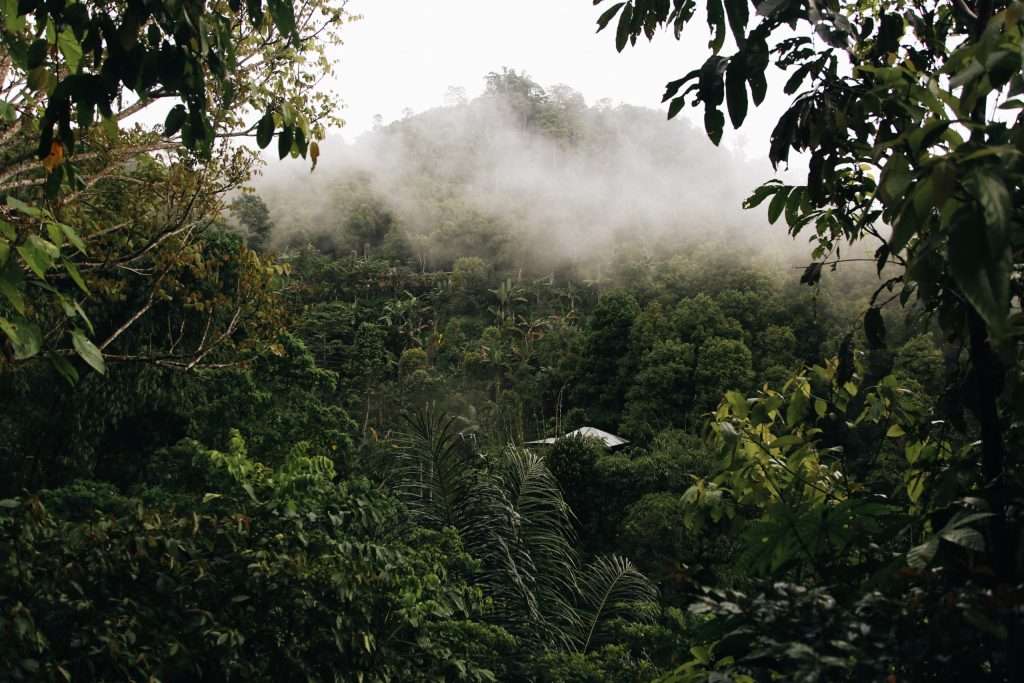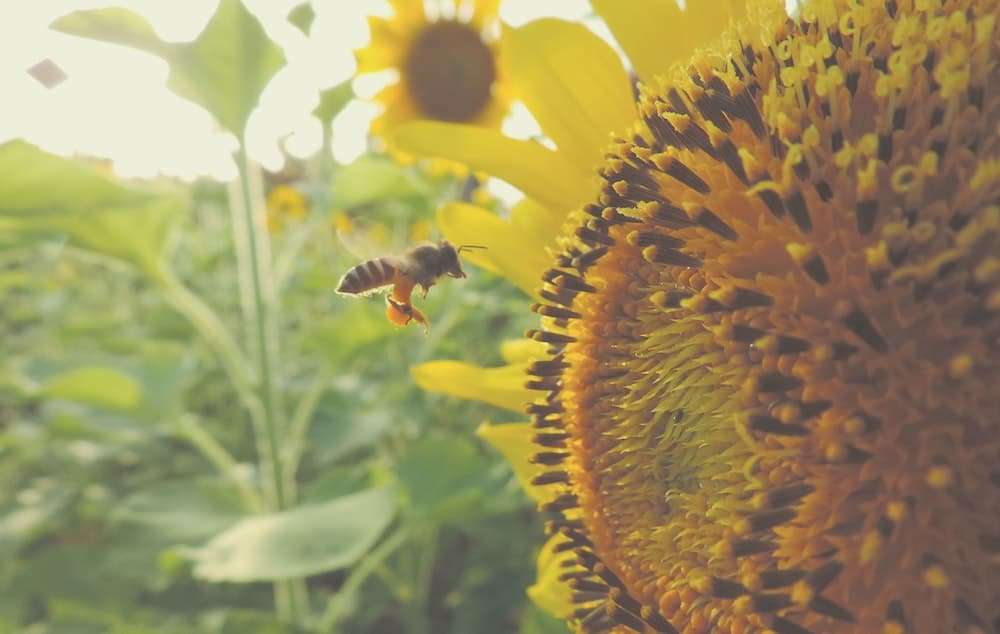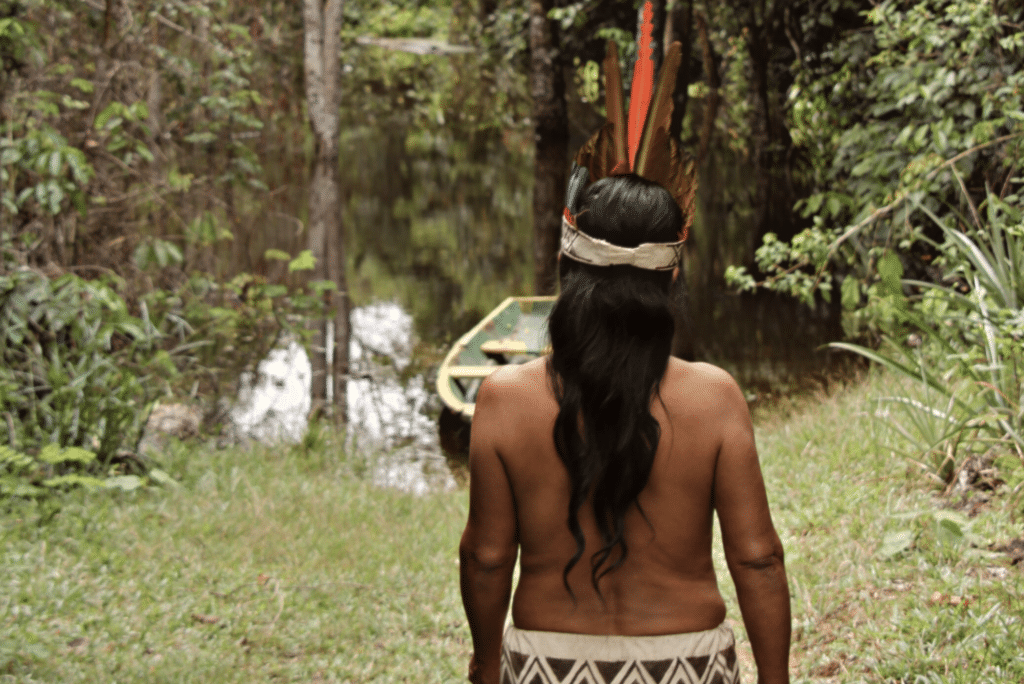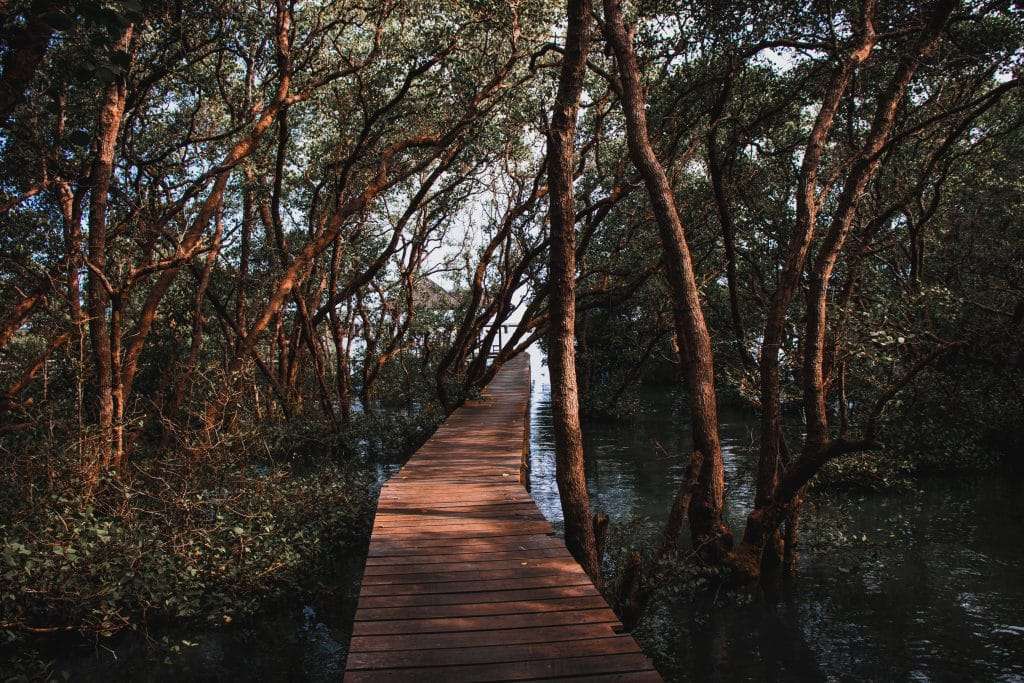Biodiversity loss is affecting finances and credit ratings around the world, according to the first of its kind adjusted assessment from a team of leading economists.
The continued loss of plant and animal species across the globe could lead to economic collapse as soon as 2030 by way of downgrades, debt crises, and increasing borrowing costs says a team of economists from the universities of Cambridge, East Anglia, Sheffield Hallam, and SOAS University of London in research published today.
The economists looked at simulations from the World Bank for 26 countries across three scenarios: an immediate halt to biodiversity loss, “business as usual,” and a “tipping point.”
The data
The World Bank’s data show “partial ecosystems collapse” for forests, fisheries, and pollinator habitats. But the economists say that’s conservative as nature loss is widespread, affecting human health and soil, among other areas not accounted for in the study. The economists say if the World Bank predicted events materialize, then more than a dozen nations would face serious economic downgrades. China, for example, would lose six positions out of 20 on the scale.

These downgrades would be costly; the debt interest rates would increase by as much as $53 billion per year, which could force many nations into bankruptcy.
“It is not just the financiers that lose out,” said lead author Dr. Matthew Agarwala, from Cambridge University’s Bennett Institute for Public Policy. “Increased sovereign risk sees markets demand higher risk premia, meaning governments—and, ultimately, taxpayers—pay more to borrow.
“As nature loss reduces economic performance, it will become harder for countries to service their debt, straining government budgets and forcing them to raise taxes, cut spending, or increase inflation. This will have grim consequences for ordinary people.”
Credit rating agencies including Moody’s and Standard & Poor’s have historically struggled to assess the rising risk factors of ecological decline. The economists say this must become a priority as “nature-blind” investors cannot manage risk effectively. The absence of biodiversity loss from calculations, particularly as the issue accelerates across the globe, could “undermine market stability”.
There’s inherent economic value to these ecosystems, the researchers note; bees perform billions of dollars worth of pollinating every year that impacts more than one-third of the global food supply. Trees like mangroves help to reduce coastal erosion and decrease flooding risks. Forests and oceans absorb carbon and other heat-trapping gases. Without these services provided by nature, humans must solve for these issues through industry and legislation, bringing hefty costs.

“Economies reliant on ecosystems face a choice: pay now, by investing in nature, or pay later through higher borrowing costs and spiraling debt,” said study co-author Dr. Matt Burke, Senior Lecturer at Sheffield Hallam University.
“The ‘pay now’ option generates long-term returns for people, business and nature. The ‘pay later’ option has significant downside risks, with little or no upside,” Burke said.
Biodiversity loss
The researchers say the current run rate of biodiversity loss includes losing nearly 50 million hectares of wilderness before the end of the decade. The “tipping point” scenario sees partial ecological collapse that leads to a 90 percent reduction in services including fishing, pollination, and tropical timber logging.
“Climate change has dominated the conversation, but demonstrating how biodiversity risk translates into market risk is the new frontier of environmental finance, and currently the greatest challenge,” said Simon Zadek, Chair of the Finance for Biodiversity Initiative.

But even in better or best-case scenarios, four nations face downgraded credit ratings before 2030: India and Bangladesh lose one position, and China and Indonesia lose two. Worsening scenarios where ecosystems begin to collapse show more than half of the 26 countries simulated for the research losing one position, and a third of the countries dropping by three.
China, which plays a significant role in global trade, would see its credit rating drop by six positions, adding annual interest payments of as much as $18 billion. Twelve out of the 26 nations would increase their bankruptcy risk by more than ten percent. For Bangladesh, it rises to 41 percent, Ethiopia to 38 percent, and India would rise to 29 percent.
‘Urgent need for innovation’
“Developing countries are already saddled with crippling debt burdens driven by Covid-19 and soaring prices, and loss of nature will push these nations closer to the edge,” said co-author Dr Patrycja Klusak, affiliated researcher at Cambridge’s Bennett Institute and Associate Professor at the University of East Anglia.
“There is an urgent need for innovation in sovereign debt markets. Priorities include incorporating science into forward-looking risk assessments, immediate support for developing countries to avoid sovereign defaults, and using debt markets to support conservation investments.”

The study also found six countries including Pakistan and Madagascar would default entirely if ecosystems collapsed suddenly.
“As everywhere, the laws of demand and supply apply here as well. Diminished supply elsewhere will increase the scarcity and consequently the value of conserved natural assets,” said study co-author Dr. Moritz Kraemer, Senior Fellow at the Centre for Sustainable Finance at SOAS University of London and former S&P chief sovereign credit officer.
“Biodiversity loss is well understood by ecologists. Satellite surveillance means land-use changes can be tracked, and loss of nature quantified. Given the size of the economic risks, the inclusion of nature into sovereign credit ratings is inevitable,” said Co-author Prof Ulrich Volz, Director of the SOAS Centre for Sustainable Finance.
“Biodiversity-related risks are a material risk to economic activity and public finances. Protecting the natural habitat is not just important for nature’s sake but also crucial for safeguarding macroeconomic stability.”


